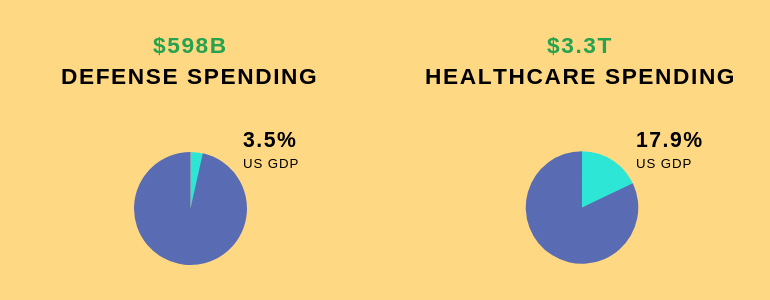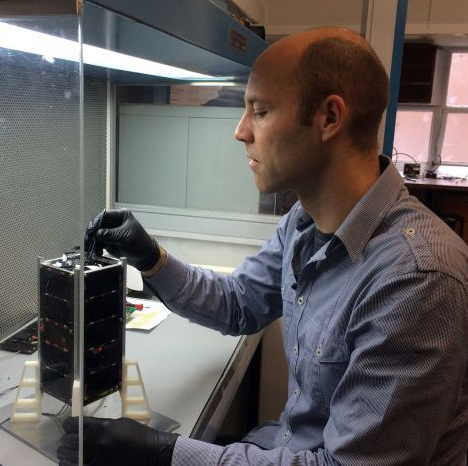As one year turns into another, we are looking back to see what compelled our attention in 2018. What were the ideas and stories about systems engineering that caught our eye? Where were we challenged to re-think certain assumptions we held, and how did that change us? Where did we find new ways to tell old truths? And what were some of the stories that inspired us, by people who use our products? Let’s take a look.
The Systems-Metamodel Cube
The concept of the metamodel was one we explored extensively in 2018. For our booth at the annual International Symposium of the International Council on Systems Engineering in Washington, D.C. in July, we designed a lightweight three-dimensional box that showcases on each facet one aspect of systems engineering. This 3:17-minute video explains.
“Requirements, behavior, physical architecture, and analysis,” our narrator says, “—a good metamodel not only serves as the foundation for analysis and communication, but it serves as a roadmap as well, reflecting what you know, and what you don’t. By being mindful of these elements as you travel along your design journey, you’re bound to have insights.”
(And if you would like to have one of the cubes, send us an email with your snail mail address. We still have a few left.)
Blog: The Meaning is in the Metamodel
“If we truly want digital clarity to enable the engineering of complicated and complex systems, our journey must include a well-engineered metamodel,” David Long asserts, in a blog post published in August.
He explains:
Whether dealing with humans or software, the clarity we need is not in the diagrams. Diagrams and other representations are essential tools in understanding and analyzing from multiple perspectives, but they lack the necessary depth of semantic meaning and rigor. The digital clarity we seek resides in the metamodel underpinning our processes, methods, and tools. Without the shared metamodel, we lack the framework for connected engineering or shared understanding. Without the right metamodel, we find ourselves reliant upon implicit meaning and hope rather than explicit definition and rigor.
Long also looks at the role of SysML in the systems engineer’s toolkit in this blog post, and what we can already do while others wait for SysML 2.0 to be released.
Here are some additional blog posts we recommend:
- Managing Your Technical Team
- Requirements Management vs. Requirements Engineering
- The Four Keys to Unlocking the Benefits of Systems Engineering
- 5 Standards for Choosing a Tool and an Approach
- The Value of MBSE Across the Product Lifecycle
- MIT Was Right – Focusing on Engineering of Systems Rather than SE
- The Golden Circle of Systems Engineering
Webinar: Improving Healthcare Delivery through Systems Engineering
Are there areas outside of the traditional mil-aero space that can benefit from the insights of systems engineering? Absolutely, and healthcare is one of them, argues Zane Scott, in his webinar Improving Healthcare Delivery through Systems Engineering. Not only does healthcare provide ample areas where systems engineering can improve outcomes—for example, in the area of waste and inefficiency, and in the quality of health outcomes—it is also commercially viable. Healthcare expenditures come in at $3.3 trillion annually in the United States, and represent 17.9% of U.S. GDP. (U.S. defense spending, by comparison, represents only 3.5% of U.S. GDP.)
 Elimination of waste alone in the healthcare industry would represent $700 billion in savings annually, says Scott.
Elimination of waste alone in the healthcare industry would represent $700 billion in savings annually, says Scott.
Here are some additional webinars that we think are worth checking out:
- Getting Started on Enterprise Architectures
- GENESYS API – Parameters, Relationships, and Diagram Exports
- Analyzing and Specifying Interfaces with MBSE
- Evolving MBSE to Enable the Digital Future
- More Agile than Agile: A Layered Approach to MBSE
- Introduction to GENESYS 6.0
- Getting Started with GENESYS University Edition
Success Story: Microsatellites in the age of Space 2.0
As microsatellites are increasingly in the news because of their use in a variety of ways—most recently, to help combat the Camp Fire in California, we were pleased to learn about how one scientist, Matthew Tetlow, used Vitech’s CORE software to help design a cubesat—a kind of microsatellite—for use in conducting space research.

Matthew Tetlow works on a microsatellite.
“With the miniaturization of electronics,” Tetlow told us, “it’s now possible to put the same amount of research equipment that’s on a full-sized satellite into something that’s about the size of a loaf of bread.” Tetlow sees his cubesat work as part of the larger endeavor of space exploration in the 21st century. “It’s tremendously rewarding to be a part of something that has such potential to make a positive difference in the world.”
Here are two more success stories to check out:
- Liveable cities of 2050: How MBSE will help get us there
- Thinking about space laundry for a trip to Mars
These were some of the systems engineering-related things we found ourselves talking about this year. As we look to 2019, we are wondering: In what direction will systems engineering and model-based systems engineering take us? Can we build on what we have learned and take that with us as we move into the new year? I think so, and I’m looking forward to the revelations that will unfold, and the connections that we make.






